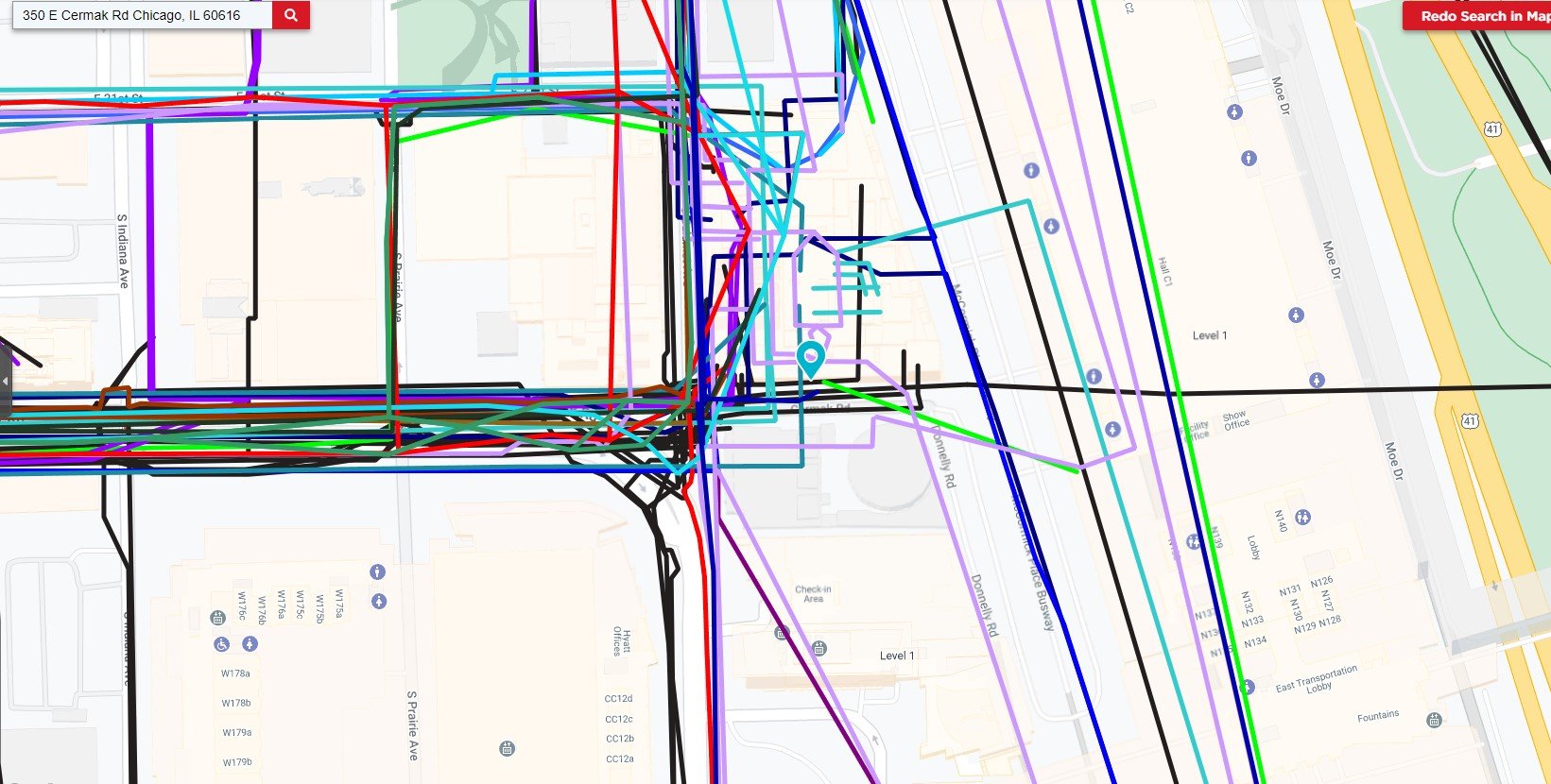Are you tired of wasting money on bloated telecom expenses or struggling to find the right solutions for your business? At Pointbroker.com, we use cutting-edge AI technology to simplify and optimize your telecom services, saving you time, money, and headaches.
Here’s how we can transform your business:
Cut Costs, Maximize Value
Our AI-powered tools analyze your telecom expenses to identify overcharges and unnecessary fees. We’ll uncover hidden savings and help renegotiate your contracts to ensure you get the best value for your investment.
Customized Solutions for Your Business
Every business is unique, and so are your telecom needs. Using AI, we assess your specific requirements and recommend tailored solutions—whether it’s internet, voice, or cloud services. Plus, we predict future needs so your telecom infrastructure scales with your growth.
Real-Time Support, Anytime You Need It
Never wait on hold again. With AI-driven chatbots and support tools, you’ll have access to instant answers and seamless assistance 24/7.
Stay Ahead of the Competition
AI doesn’t just optimize your telecom—it gives you a strategic edge. From predictive analytics to market insights, we help you anticipate industry trends and position your business for success.
We Find the Best Providers for You
Our expertise as a broker means we have relationships with top providers, like Lumen and others, giving you access to the best deals in your area—Salt Lake City, Cheyenne, or beyond.
Why Choose Pointbroker.com?
Save money on telecom services.
Streamline operations with custom-fit solutions.
Increase efficiency with AI-powered automation.
Gain a partner who is as committed to your success as you are.
Let’s Get Started
Pointbroker.com isn’t just about telecom services—it’s about empowering your business to do more with less. Ready to see how we can help? Contact us today for a free consultation, and let’s unlock the potential of AI for your telecom strategy!




















